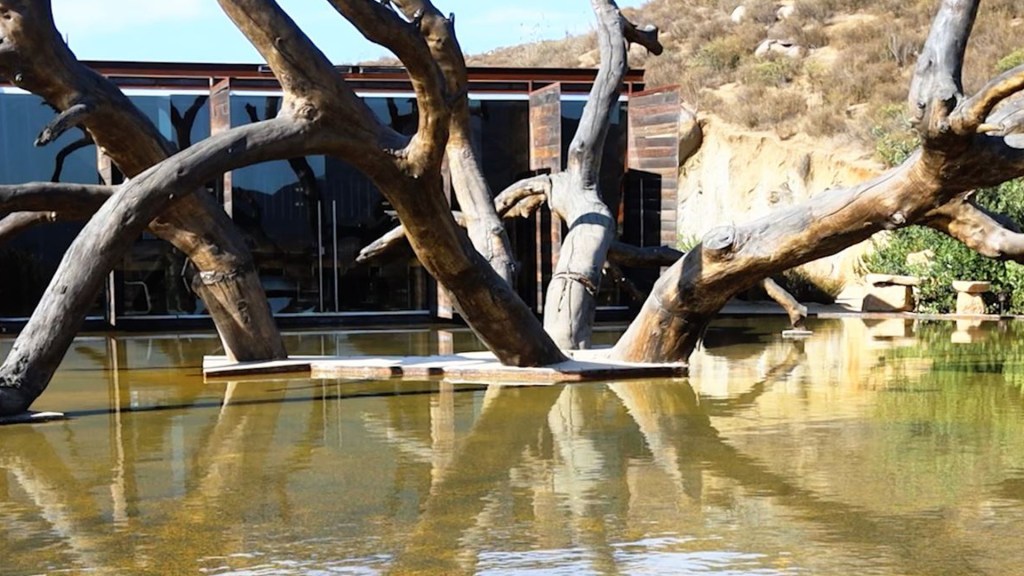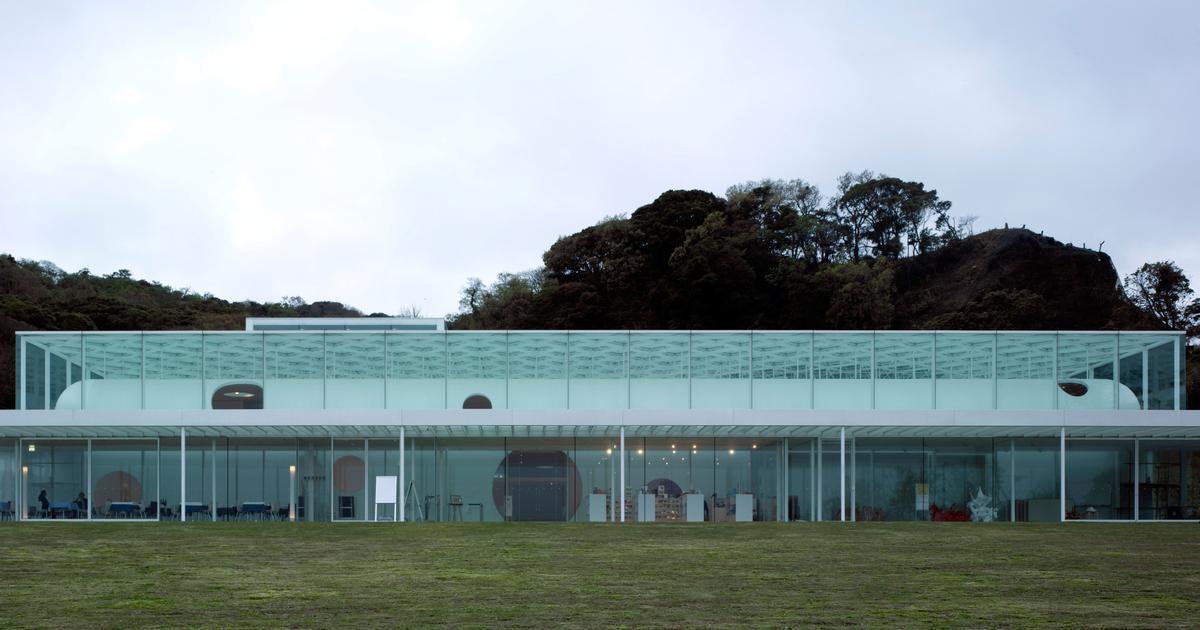Conscious, activist and emotional: this is the architecture of D'Acosta 3:33
(CNN Spanish) --
"If you have stone, you build with stone; if you have land, with land; and if you have garbage, with garbage."
This is how the Mexican Alejandro D'Acosta describes the handling of materials in architecture in which he has worked for 40 years, which he experiences and seeks to take charge of the footprint that this activity leaves on the environment.
Doing any architectural work has at least two environmental costs: the resources it consumes and the pollution it generates, derived from multiple parts of the process as basic as the transportation of materials.
In Mexico alone, approximately 27,000 tons of construction waste are generated per day, according to the country's construction industry chamber.
For D'Acosta's contextual architecture, which works with waste materials and materials that he finds in the immediate environment, that number should not exist.
Architecture should work "from its own being in activism" to take advantage of all available materials and focus on "those that are within arm's reach".
In dialogue with CNN en Español, the architect shows us one of his works, the Vinícola Bruma in Ensenada, Baja California, and illustrates his position on materials, which is key to his proposal.
"The challenge is to understand that garbage is simply an element of someone who does not know how to use it."
This hydrosensitive winery, which according to the architect captures its own water from the mist, is built with 7,856 pieces of reused wood.
advertising
In one part of this work you can also see what they call "architecture behind closed doors" in their work.
"It is what we call architecture behind closed doors, which is that all the waste from the work remains and not a single truck of rubble leaves the work and 100% of the materials that entered the construction have to be used. ", Explain.
An "empirical" architecture
D'Acosta also claims the existence of an "empirical" architecture beyond the "academic" "that has to do with the hands, with word of mouth, with people who did not go to school."
It is an architecture that, after the elements are studied and tested, can experiment and "take risks".
Using materials that are not processed at an industrial level and that are transformed directly by the workers who work them also allows specialized trades to be generated, he explains.
D'Acosta's portfolio of projects is extensive: in addition to several wineries, he has created houses, schools, bars.
The architect, who also has a long career as a teacher, is also the founder of several social projects for building in marginalized communities.
The winery allows us to take a look at part of the list of materials that it uses, which, true to its philosophy, is long and, in addition to wood, includes marinade, bamboo and stone, among many others.
D'Acosta has transformed, for his reuse, objects as diverse as glass bottles, mattress springs, old formwork wood, and even ships or cargo containers that under his hand have become functional works.
His architecture also appeals to emotion: "We are looking for a silent architecture, an architecture that works from magic, from emotion, that is linked more to the ancestors."
Architecture is not only the materials, but also the form, he says.
But the materials are a key part, and the best way to explain it is through a culinary metaphor: "To make an extraordinary stew you have to have extraordinary ingredients too."


/cloudfront-eu-central-1.images.arcpublishing.com/prisa/7UCV6TUGBZBLJAIA776O4SOCN4.jpg)












